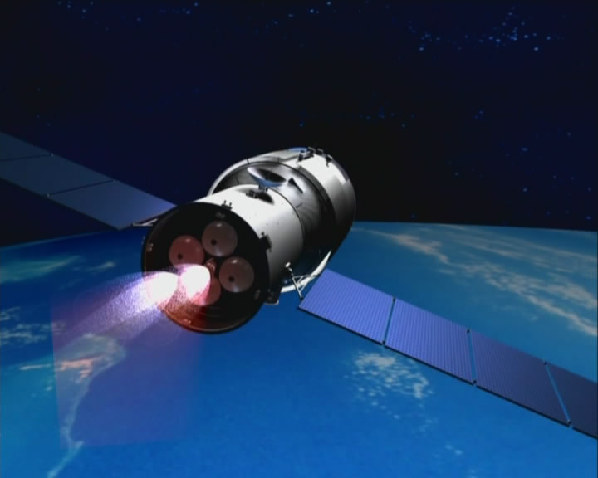Tiangong-1 orbiter enters operation management
 0 Comment(s)
0 Comment(s) Print
Print E-mail
Xinhua, November 20, 2011
E-mail
Xinhua, November 20, 2011
 |
|
Tiangong-1 orbiter enters operation management |
Chinese orbiter Tiangong-1 has entered into long-term operation management in space after docking twice with the unmanned spacecraft Shenzhou-8, a committee in charge of the orbiter's management duty said Saturday.
Tiangong-1's shift from short-term in-orbit operation to long-term operation with temporary human attendance is a landmark for China's manned space program, the committee for the long-term operation management of Tiangong-1 said.
The move will help China accumulate experiences for its follow-up space tests and missions related to the country's construction of a planned space station, the committee said.
Shenzhou-8, launched on Nov. 1 and safely returned to earth Thursday evening, marked the full success of China's first space docking mission joining the unmanned spacecraft with the target module Tiangong-1, which was launched on Sept. 29.
Liu Junze, an orbiter management official with the Beijing Aerospace Control Center (BACC), which commanded the space docking mission, said the center will control Tiangong-1's flight for its long-term operation management.
Under the BACC control, Tiangong-1 will perform regular orbiting and gesture adjustments, as well as coordinate with ground-based application systems for carrying out scientific experiments and accumulating research data, Liu said.
China plans to establish its own space lab around 2016 and a manned space station around 2020. The country has announced that two docking missions with Tiangong-1 are planned for next year, and at least one will be manned.






Go to Forum >>0 Comment(s)